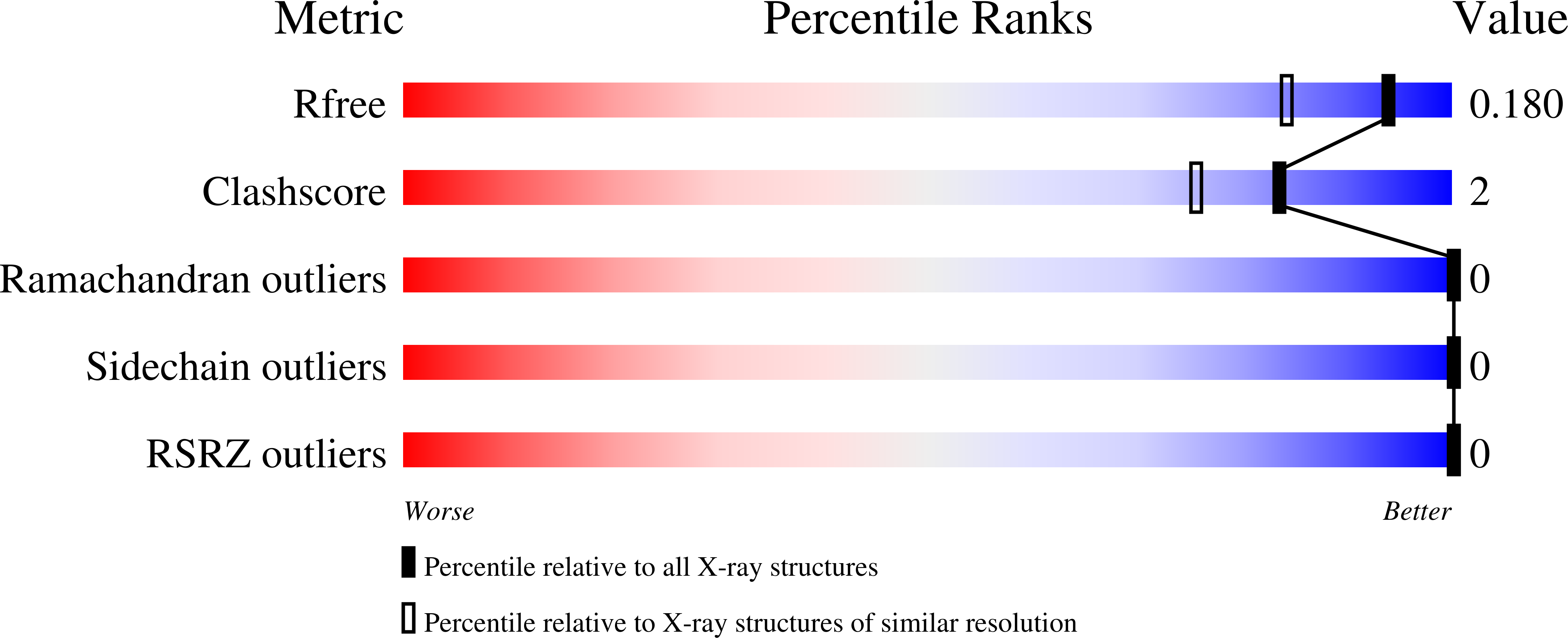
Deposition Date
2021-01-29
Release Date
2021-05-26
Last Version Date
2024-10-23
Entry Detail
PDB ID:
7NCV
Keywords:
Title:
Crystal structure of reduced glutaredoxin 2 from Chlamydomonas reinhardtii
Biological Source:
Source Organism:
Chlamydomonas reinhardtii (Taxon ID: 3055)
Host Organism:
Method Details:
Experimental Method:
Resolution:
1.50 Å
R-Value Free:
0.17
R-Value Work:
0.15
R-Value Observed:
0.15
Space Group:
P 32 2 1


